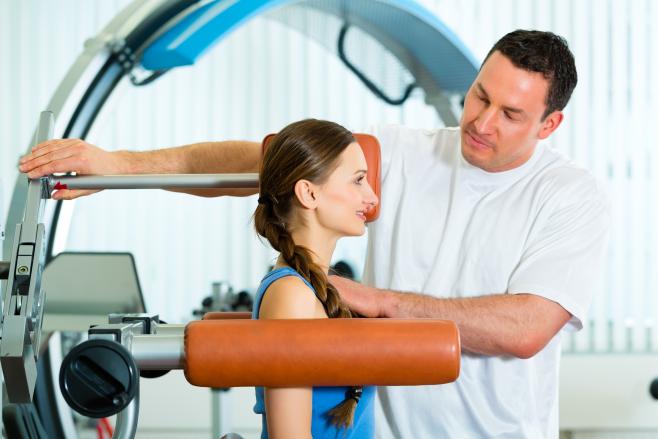You are here
HEE publishes update on developing and strengthening AHP roles
30 January 2019

The growing influence and increasingly enhanced role of Allied Health Professionals (AHPs) in delivering safe and effective health care as part of an integrated service is highlighted in a review published today by Health Education England (HEE).
Allied Health Professionals at the forefront of improving care – a year in review (2017/18) focusses on key areas:
- The contribution of AHPs to the HEE priority areas – primary care, urgent and emergency care, mental health, cancer and maternity
- Supporting vulnerable professions – podiatry, prosthetics and orthotics, orthoptists and therapeutic radiography
- Workforce, career and professional development – apprenticeships, return to practice, AHP careers and professional development and Advanced Clinical Practice.
The review also outlines how HEE is responding to the opportunities and challenges of building an AHP workforce for the future and strengthening the professions for the future.
Specific examples include:
- Making the best use of paramedics’ skills to increase capacity in both primary and urgent and emergency care, as well as provide more care closer to home
- Maximising the role of AHPs in diagnosis, treatment, rehabilitation of people living with and beyond cancer
- Understanding the contribution of AHPs in maternity and gynaecology services and maximising their impact
- Realising the potential of AHPs working in musculoskeletal services, maximising early treatment and prevention.
Beverley Harden, HEE’s national lead on the AHP programme, said:
“AHPs into Action articulated the AHP vision and many HEE-led workforce development activities have taken shape over the last year, our work to realise the potential of our workforce has led to an investment in AHP leadership capacity within HEE, this highly skilled team is currently taking shape. This report highlights some of the national work over the last year and sets the scene for next year’s activity.
“The national work to date has involved differing levels of attention being paid across the HEE priority areas and professions as we prioritised activity. Our work has focused on professional-specific activity to stabilise, modernise and advance our contribution; develop areas of progressive workforce transformation and lay the foundations for future work.
“The work we have achieved together is testament to highly productive collaboration across Professional Bodies, Council of Deans for Health and our Universities, HEE national, regional and local programmes, PHE, NHS Improvement and NHS England, employers and AHPs all over the country who are at the forefront of improving care and developing the workforce. This has been built upon our shared purpose to maximise the opportunity and contribution of AHPs to maximise the health and wellbeing of the population and sustainable health care.”
The review includes forewords from Anna van der Gaag, Non-Executive Director and Chair of the AHP Strategic Oversight Board, HEE and Suzanne Rastrick, Chief Allied Health Professions Officer (England).
AHPs are art therapists, drama therapists, music therapists, chiropodists/podiatrists, dietitians, occupational therapists, operating department practitioners, orthoptists, osteopaths, prosthetists and orthotists, paramedics, physiotherapists, diagnostic radiographers, therapeutic radiographers, speech and language therapists.
In total, they make up the third largest professional group in the NHS workforce and as such, they make a significant contribution to health care.
More information about HEE’s work with AHP professions can be found online.